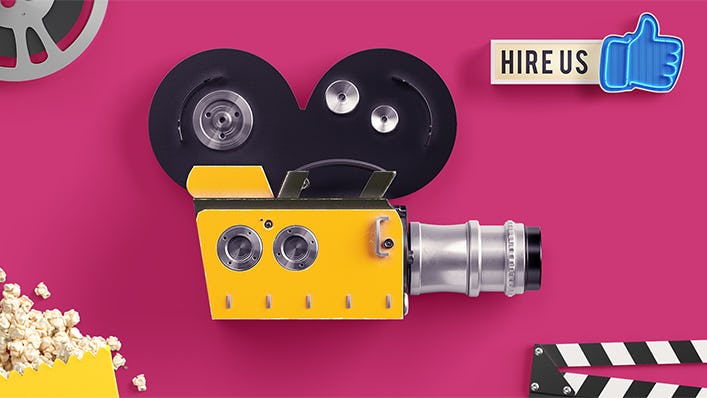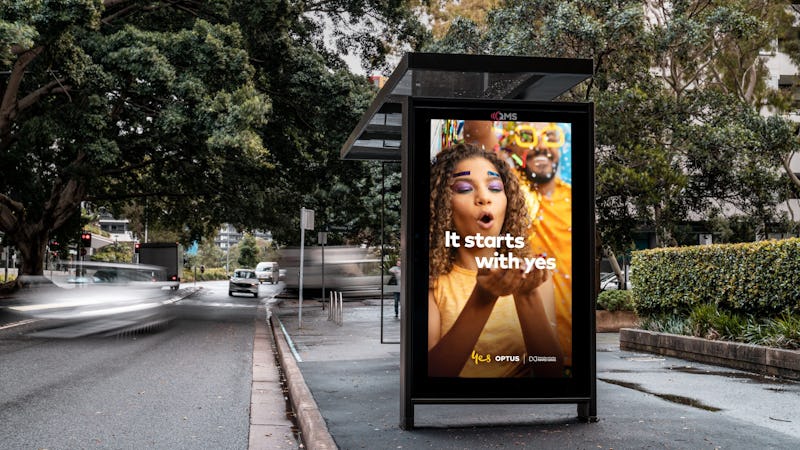First rule of thumb when creating a marketing strategy is knowing your audience. Honestly, that’s the first rule of a lot of things—you have to read the room.
Knowing who your buyers are, their age groups, interests and everything that makes them unique allows you to target your products and services to them with personalized buying experiences.
Creating a buyer persona of your ideal customer needs to go beyond the standard profile of who you imagine your customer to be.
You’ll need to go that little bit further and create a buyer persona based on psychographics that understand consumers on a deeper level.
With that information, you can create a holistic picture of the buyer’s journey and understand why they choose blue over red or left over right.
It’s important to remember that the division between generations creates a different buyer persona or psychographic.
For example, it’s doubtful you’re going to see baby boomers purchasing a sh*tload of nappies (pun intended). However, millennials are of that age where they’re starting families or are in the process of raising children.
Let’s take a deeper look into the difference between selling to millennials versus baby boomers:
Differences Between Millennials and Baby Boomers
First, a brief primer on what makes a millennial a millennial, and a boomer, a boomer.
Millennials were born between 1981 to 1996 and baby boomers were born from 1944 - 1964.
There are plenty of stereotypes surrounding both generations, some of them true and others, as most blanket statements, are not.
Millennials are considered to be lazy and spend way too much time using technology. They spend around 211 minutes per day using the internet via their smartphone and around 31 minutes using the internet on desktop computers.
Despite the technology's illiterate stereotypes, older generations do use the internet. Data collected by Pew Research Center shows that since 2012, the use of Facebook has grown considerably amongst older generations.
Eleven percent of surveyed baby boomers use their smartphones to access the internet and social media usage has doubled since 2015.
It’s incredibly crucial to include generational awareness in your marketing strategies. That means your marketing and sales teams need to be on the same page when it comes to observing and validating buyer behavior.
To build trust, credibility and rapport with both generations, your teams need to make that first impression count by thoroughly researching who your messaging is aimed at and how your brand’s voice is reflected through concise storytelling.
Keep reading for a few key points when targeting the high-spending generations, millennials and baby boomers.

Selling toMillennials
Millennials grew up with a lot of advertising being thrown at them so they are less likely to adopt a decentralized mindset.
They want brands to evoke emotions in them and they also want to rally behind a cause.
The following are key points to consider when advertising to millennials:
Help
Millennials prefer help and value over an old-fashioned sales pitch. They would rather you cut through the BS and instead, have a solution to their pain point.
Transparency
Research shows that millennial consumers are more loyal to brands if they’re transparent with their customers. Transparency instills trust.
Visually Appealing Video
Millennials love watching videos. According to Brightcove’s survey, 29 percent of millennials said that video was the most memorable form of content and 56 percent of millennials found video more engaging.
Video plays an important part to connect with millennials through many consumer touch points.
For example, the same study by Brightcove showed that 66 percent of millennials engaged with a brand after seeing one of their videos through a social media platform.
What does that mean for your brand?
Video is an incredibly powerful asset to have in your marketing strategy - when it is designed to build a bond of trust within a 10 second slot.

Selling to Baby Boomers
Personal engagement is a strong factor when influencing baby boomer’s buying decisions.
When targeting boomers develop a personalized buying experience. The best place to start is within offline channels because around 84% would rather spend their cash in-store.
Data shows that two-thirds of boomers would rather buy an online item through a local store if it’s available.
Boomers have spent the majority of their lives without direct-to-consumer experiences, so they prefer to speak to real people, in physical brick and mortar stores, and they also want to be able to see products before they part with their money.
Boomers are comfortable with face to face interactions and that makes offline marketing channels incredibly effective when targeting that generation.
While Millennials may have less time due to the hustle and bustle of their daily lifestyles, boomers are usually retired or slowing down.
That means your marketing strategy should focus on areas when and where they spend their recreational time.

When selling to a Baby Boomer, keep in mind the following:
Go Offline
Boomers prefer to speak to a physical person and that means your sales and customer services teams can build trust and advocate the brand simply by communicating with the boomer.
Listen
It is essential to pay more attention to a boomer and address their pain points with a solution they actually need. Word of mouth marketing is more effective for sales towards baby boomers, as opposed to online social proof.
Facebook has seen an increase in users from the baby boomer generation. Whether you’re using ads or directing buyers to your Facebook business page, it’s clear that it’s a great channel to get your products and services in front of baby boomers.
Video is an incredibly powerful medium on Facebook because it creates that human experience that boomers need when making a buyer decision. They can see the product in action and hear about other’s experiences. Video has one of the highest ad recall rates for Facebook advertising.
Whether your brand is marketing to millennials or baby boomers it is imperative that you create a plan that speaks to their unique buying persona.


